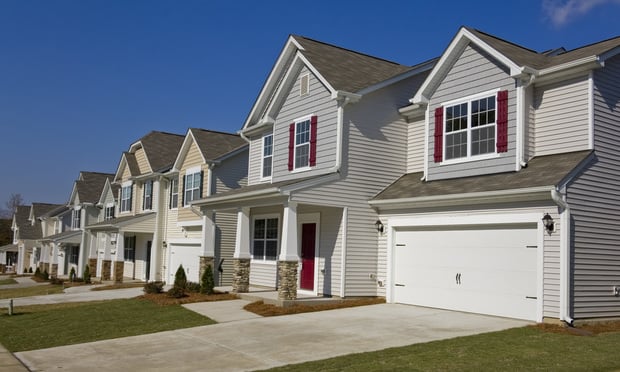Understanding CRE rents, especially in a quickly changing market, is more of a challenge than it might seem. When conditions are relatively stable, it's possible to identify rent trends, property valuations, cap rates, maybe operational costs, that move slowly enough to allow expectations that are fairly calibrated to the market.
But when things change quickly — take the office market as an example since the pandemic — it can become difficult to know where things are headed. Could even an expert project rents of a given class of office in a particular area that would be likely in half a year?
That is what CBRE is aiming for with its office sector effective rent series, which it says is based on a net present value analysis incorporating base rent, term, escalations, free rent, tenant improvement allowances and a discount rate equal to the long-run returns of the NCREIF office index. it
Recommended For You
To start, they use proprietary data to estimate a gap between asking and taking (actual) rents. "EA's ability to match individual transactions to suite-level asking rents allowed us to map an ask-to-take discount percentage for nearly every transaction in our database," they wrote. Then they examined correlations with other factors like lease size and term to tune their model.
Then they moved from taking rents to effective rents, including rent escalations, rent concessions, and tenant improvement allowances. They attempt to create a discount rate from future cash inflows and outflows that would allow consideration of capital opportunity cost or comparisons of returns. "Aggregating each of these components allows us to compare different transactions with different cash flow schedules to accurately assess the relative value of each transaction," they wrote.
Something they found of particular interest was a parallel for the tenant improvement allowances — real Treasury bond yields. "With our custom equation, we can estimate the TI values needed to construct an effective rent series dating back to 2010 across all 61 of EA's Tier 1 markets," they wrote.
In a time analysis, CBRE found that asking rents are up 1% over the first quarter of 2020. That may sound positive, but it means that even as other parts of CRE saw large increases in 2021 and 2021, to then lose a significant portion, office is essentially back where it started in that measure. Effective rents are 11% below the 2020 Q1 figures. "Further, the national EA Effective Rent figure now represents a 40% discount to EA Asking Rents, and a 33% discount to EA Taking Rents," they wrote. "This compares to Q1 2020 when the ask-to-effective discount was tighter at 33%."
And when it comes to effective rents, some major metropolitan areas are moving sharply off from the national average. "For example, in Atlanta asking rents have increased 5.6% since Q1 2020, but the combination of concessions and post-negotiation discounts have caused effective rents to fall 6.6%," they wrote. "Similarly, in Manhattan asking rents have fallen 3.3% – notably more than the national figure, which has been flat. But the decline in effective rents is 17.3% for Manhattan compared with 11% nationally."
© 2025 ALM Global, LLC, All Rights Reserved. Request academic re-use from www.copyright.com. All other uses, submit a request to [email protected]. For more information visit Asset & Logo Licensing.







